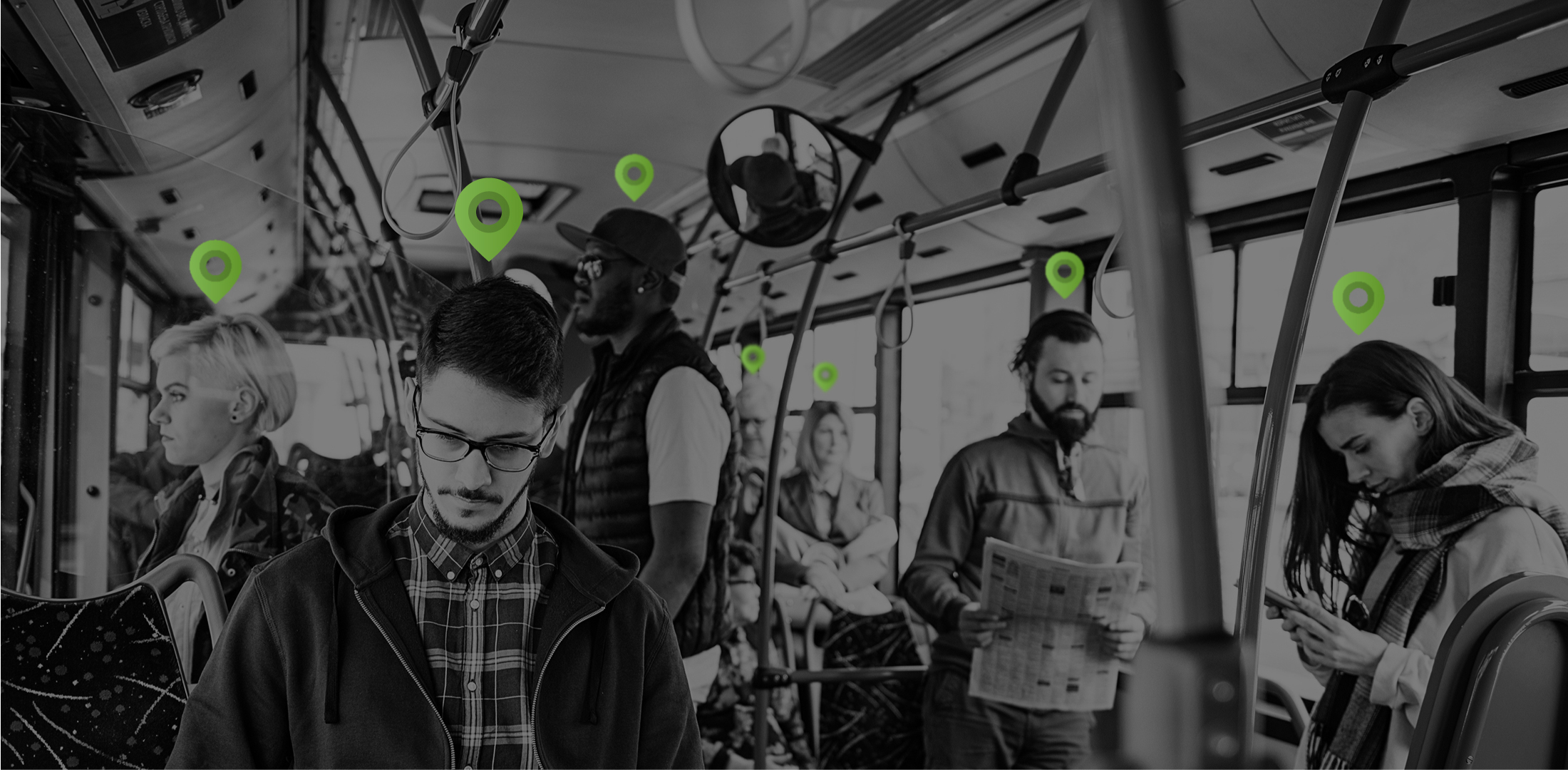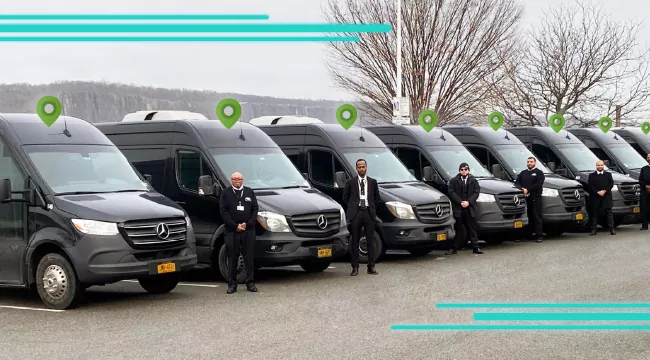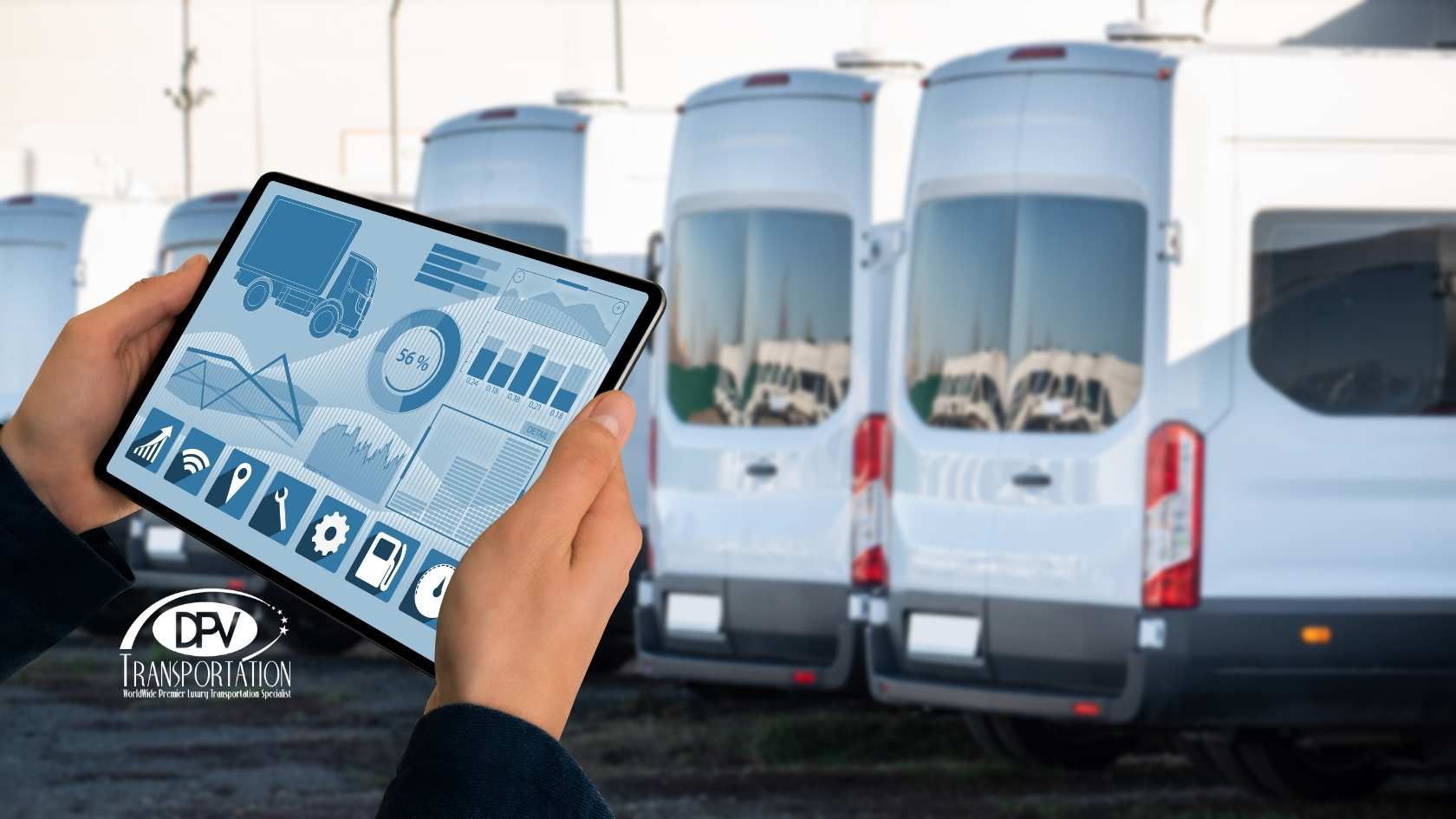How COVID-19 has affected how we use public transportation

The world as we know it has shifted. Across the US, approximately half of all commuters are using public transit less frequently as a consequence of the pandemic. Globally, up to a third of people in some cities have stopped using public transportation altogether with cities like Thessaloniki in Greece seeing 34.3% of people no longer using public transportation. These are just some of the findings in the Global Public Transit Report 2020, compiled by the transit app and data business Moovit.
Commuters now have a number of concerns that weren’t there before. The top issue cited by commuters in Thessaloniki, mentioned by almost 70% of respondents, was the desire for more buses on the road to lessen the chances of vehicles being uncomfortably full. Not far behind, 61.5% said they want vehicles, stations and stops to be disinfected.
Other factors that may help commuters feel more comfortable returning to their regular use of public transportation include access to data regarding how full services are and whether there are areas on trains that are less crowded. For example, in Singapore almost 43% of respondents wanted to know how crowded a public transportation vehicle was before they even got on board.
There is already evidence of this shift in thinking under way around the world, one of which being in South Korea. To partially alleviate commuters’ concerns and find a different way to reassure passengers of their safety, South Korea implemented smart bus stops which check people’s temperatures, only allowing them on the bus if they register 37.5ºC or below.
As of July 10, 48.5% of Americans have been fully vaccinated. While getting ever closer to reaching herd immunity gives many comfort and relieves some of the anxiety commuters have been facing, it doesn’t completely solve the issue. Firstly, people who are unable to have the vaccination for medical reasons, personal reasons or political reasons need to be accounted for. Secondly, achieving herd immunity doesn’t guarantee safety from the virus either. In Israel, where more than 60% of the population has been fully vaccinated, COVID-19 infections have started to rise again. While this increase in infections is dramatically reduced from previous waves, is that enough to give commuters the assurance they need to return to using public transportation full time?
The data on how passengers and commuters approach public transportation now that vaccine programs are in full force in most of the world is still to be seen, the interesting thing will be to see how public infrastructure evolves to fit the “new normalâ€.
What we do know for sure however, is that utilizing DPV’s Managed Transportation Solution makes more sense now than ever before. Not only will you be protecting your employees but also providing them a way to come into work stress-free meaning more people coming back into the office.
References / Sources:
https://www.sciencedirect.com/science/article/pii/S2590198221000555
https://www.weforum.org/agenda/2021/02/public-transport-covid-data/
https://moovitapp.com/insights/en/Moovit_Insights_Public_Transit_Index-countries






